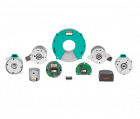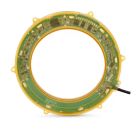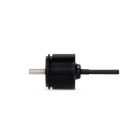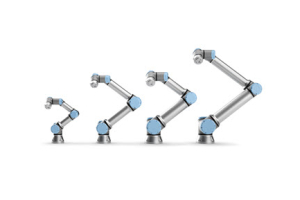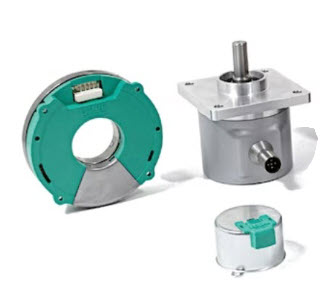
Encoders are pivotal sensor components in mechatronic automation, converting mechanical motion into an electrical signal that can be interpreted for precise control and positioning of mechanical parts. This article explores various types of encoders, focusing on their unique components, advantages, and applications.
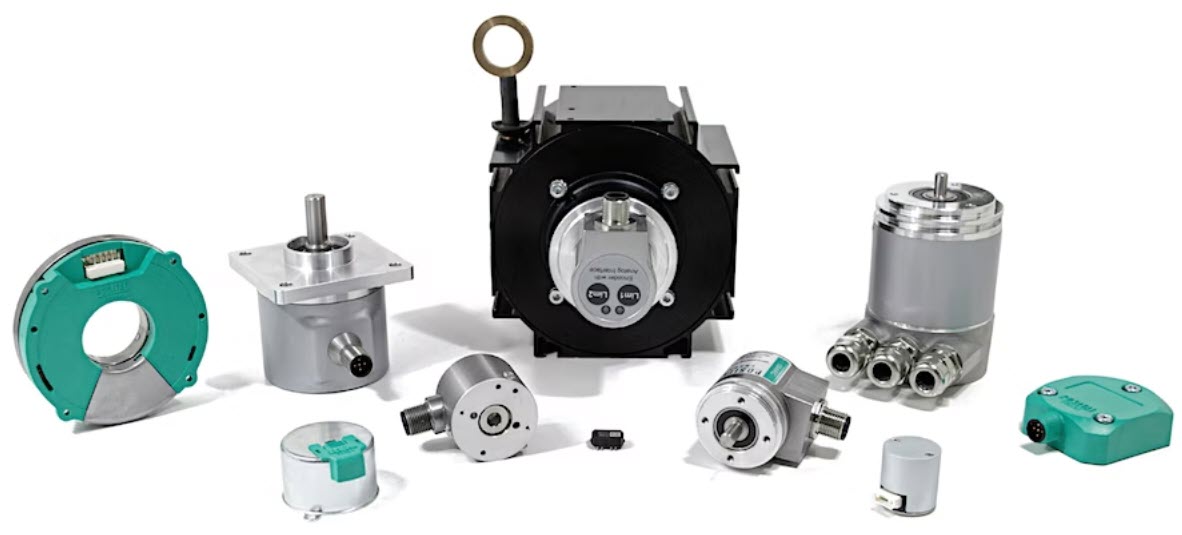

Rotary Encoders
Rotary encoders are essential in translating rotational motion into a quantifiable electronic signal. They come in two main types: absolute and incremental. The absolute rotary encoder provides a unique code for each shaft position, offering precise position tracking. Incremental rotary encoders, on the other hand, output pulses correlating to the amount of rotation, allowing for the calculation of position through pulse counting.
| Components: | Advantages: | Applications: |
|
|
|
Absolute Encoders
Absolute encoders, whether linear or rotary, provide a unique positional value for each possible position. This means that even after a power interruption, the encoder can report the exact position without needing to find a reference point.
| Components: | Advantages: | Applications: |
|
|
|
Incremental Encoders
Incremental encoders generate signals in response to movement, but unlike absolute encoders, they do not keep track of the actual position. Instead, they output a series of pulses indicating movement, which can be counted to determine position relative to a known starting point.
| Components: | Advantages: | Applications: |
|
|
|
Magnetic Encoders
Magnetic encoders represent a unique category in the encoder family, distinguished by their use of magnetic fields to measure rotational or linear motion. They operate by detecting changes in magnetic fields created by a moving magnetic scale or disc. These encoders can be designed as either absolute or incremental, like optical types, but they leverage magnetic technology.
| Components: | Advantages: | Applications: |
|
|
|
Linear Encoders
Linear encoders directly measure linear movement and are vital in applications requiring high precision in linear displacement. Like rotary encoders, they come in absolute and incremental types. Absolute linear encoders provide distinct position values, ensuring accurate positioning even after a power loss. Incremental linear encoders emit pulses proportional to the movement, used for measuring speed, distance, and position.
| Components: | Advantages: | Applications: |
|
|
|
Additional Considerations
- Environmental Factors: Assessing the operating environment is crucial. Dust, moisture, temperature, and electromagnetic interference can impact encoder performance.
- Interface Compatibility: Ensure that the encoder's output is compatible with other system components like controllers and readout systems.
Future Trends
- Miniaturization: As technology advances, smaller encoders with higher precision are becoming more prevalent.
- Wireless and IoT Integration: The integration of encoders with IoT and wireless technologies for remote monitoring and control is a growing trend.
- Advanced Materials: The use of new materials and manufacturing techniques to enhance durability and performance.
Selecting the Right Encoder
When selecting an encoder, consider the following:
- Resolution and Accuracy: Based on application needs.
- Physical Size and Mounting Options: Ensure it fits within your system.
- Cost vs. Performance: Balance between budget and required specifications.
Final Thoughts
Encoders play a critical role in the precision and efficiency of mechatronic systems. By understanding the different types, their components, advantages, and applications, engineers and buyers can optimize their automation systems for superior performance and reliability.

